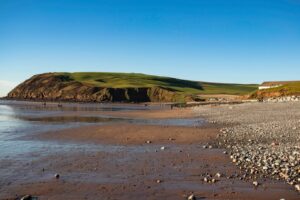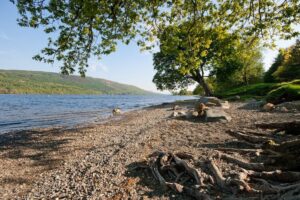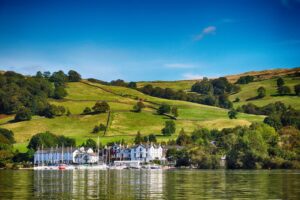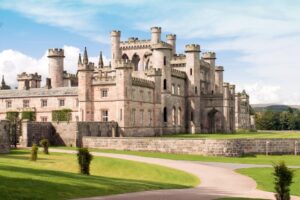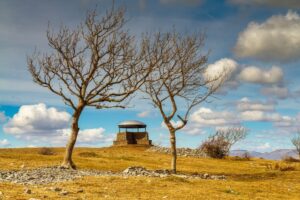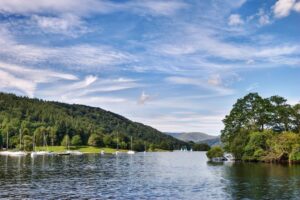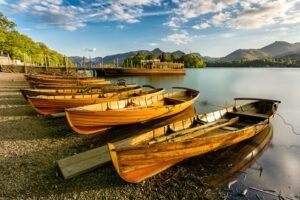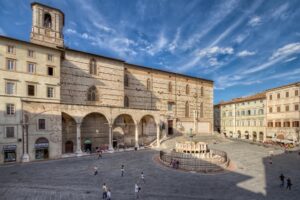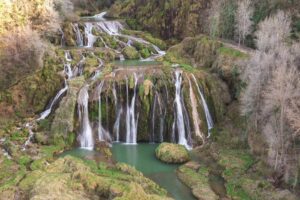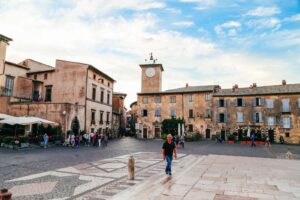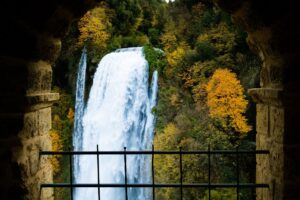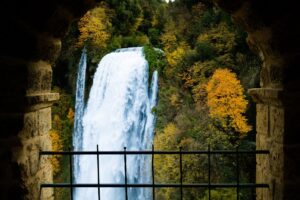Terni is a captivating city situated in the southern region of Umbria, Italy. This lovely city, which has a population of around 111,000 inhabitants, has affectionately branded itself as the City of Lovers. The Nera River runs centrally through Terni, serving as a vital artery for trade in historical times. Established in the 7th century by Umbrian tribes, Terni later evolved into a Roman stronghold characterized by a series of defensive installations. Throughout the years, it became embroiled in various conflicts and hostilities among rival factions during Italy’s communal period. It was not until the 19th century that Terni truly began to prosper, particularly due to the establishment of steel mills that fueled its economy. Today, Terni continues to be an important industrial hub, comprising three distinct manufacturing areas.
Read More




